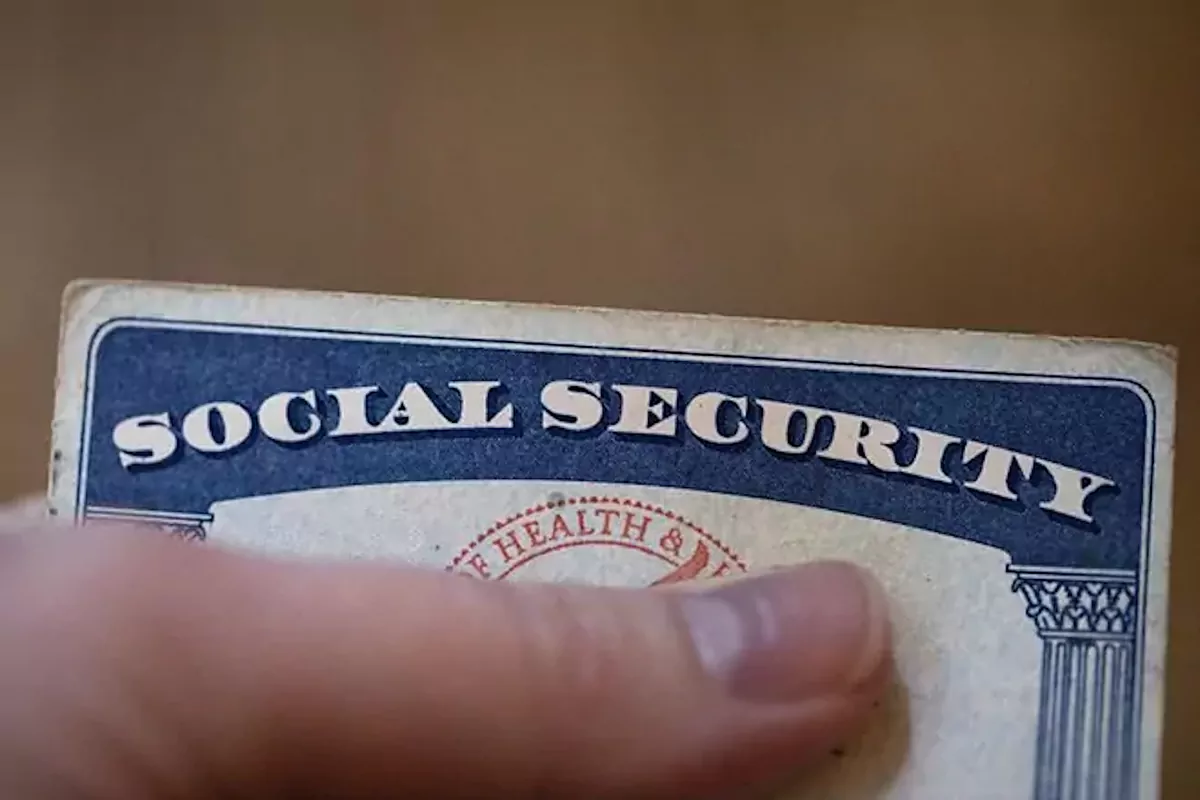

If you’ve received a letter from the Social Security Administration (SSA) saying you were overpaid, you’re likely wondering whether you’ll need to return that money – and how it will affect your benefits.
Under a new rule that went into effect on March 27, 2025, the SSA has changed how it recovers overpayments, and it could leave some beneficiaries without payments until their debt is repaid.
Previously, the SSA would typically recover overpayments gradually, withholding 10% of a recipient’s monthly benefit. That policy, intended to ease the financial burden on those affected, has now been reversed.
Beneficiaries who are overpaid after March 27 will now see 100% of their monthly benefit withheld until the overpayment is fully recovered.
That means no monthly checks until the debt is cleared – a major change that has sparked concern among many Social Security recipients.
The change does not affect those who were already repaying an older overpayment. Those individuals will remain on the prior 10% withholding plan.
Additionally, the withholding rate for Supplemental Security Income (SSI) recipients remains unchanged at 10% to prevent severe hardship for lower-income beneficiaries.
Why did the SSA make this change?
The revised policy is part of a larger push by the federal government to reduce spending and recover improper payments. According to an August 2024 report from the SSA‘s Office of the Inspector General, the agency made nearly $72 billion in improper payments between 2015 and 2022. As of September 2023, over $23 billion in overpayments remained uncollected.
The SSA said the updated recovery rule could bring in approximately $7 billion over the next decade.
This decision also aligns with broader government cost-cutting efforts under President Donald Trump‘s second administration. With the Department of Government Efficiency (DOGE), headed by Elon Musk, leading the charge, the SSA is also planning a 12% workforce reduction, eliminating around 7,000 jobs.
What should you do if you receive a letter?
If you get a letter from the SSA notifying you of an overpayment, here’s what you can do:
- Don’t panic. The SSA provides at least 30 days, plus five days for mail delivery, before initiating any recovery.
- Review the notice. Confirm the amount and the reason for the overpayment. Mistakes do happen.
- Repayment options include:
- Credit card
- Online bill pay
- Check or money order
If you believe the overpayment wasn’t your fault, or you simply can’t afford to pay it back, you have the right to appeal the decision or request a waiver. Contact the SSA at 1-800-772-1213 or visit your local Social Security office to request an adjustment.
How to avoid future overpayments
While some overpayments stem from SSA errors, many occur because recipients fail to report important changes that affect eligibility. To minimize your risk:
- Keep your information up to date. Report changes in income, employment status, marital status, or other relevant factors that could impact your benefits.
- Monitor your benefit payments. If your check increases unexpectedly, contact the SSA to confirm it’s accurate.
- Use your online account. You can manage your information through your my Social Security portal.
Why this matters
Social Security benefits are funded by taxpayer dollars, and the SSA is legally obligated to recover any overpayments, regardless of who made the error. That said, critics – including some former SSA officials – have expressed concern that these stricter rules could harm vulnerable recipients.
“Innocent people can be badly hurt,” former Social Security chief Martin O’Malley said in response to media scrutiny in 2023.
If you believe you’ve been wrongly overpaid or simply need time to repay, know that help is available – but you must act promptly.
This news was originally published on this post .








Be the first to leave a comment